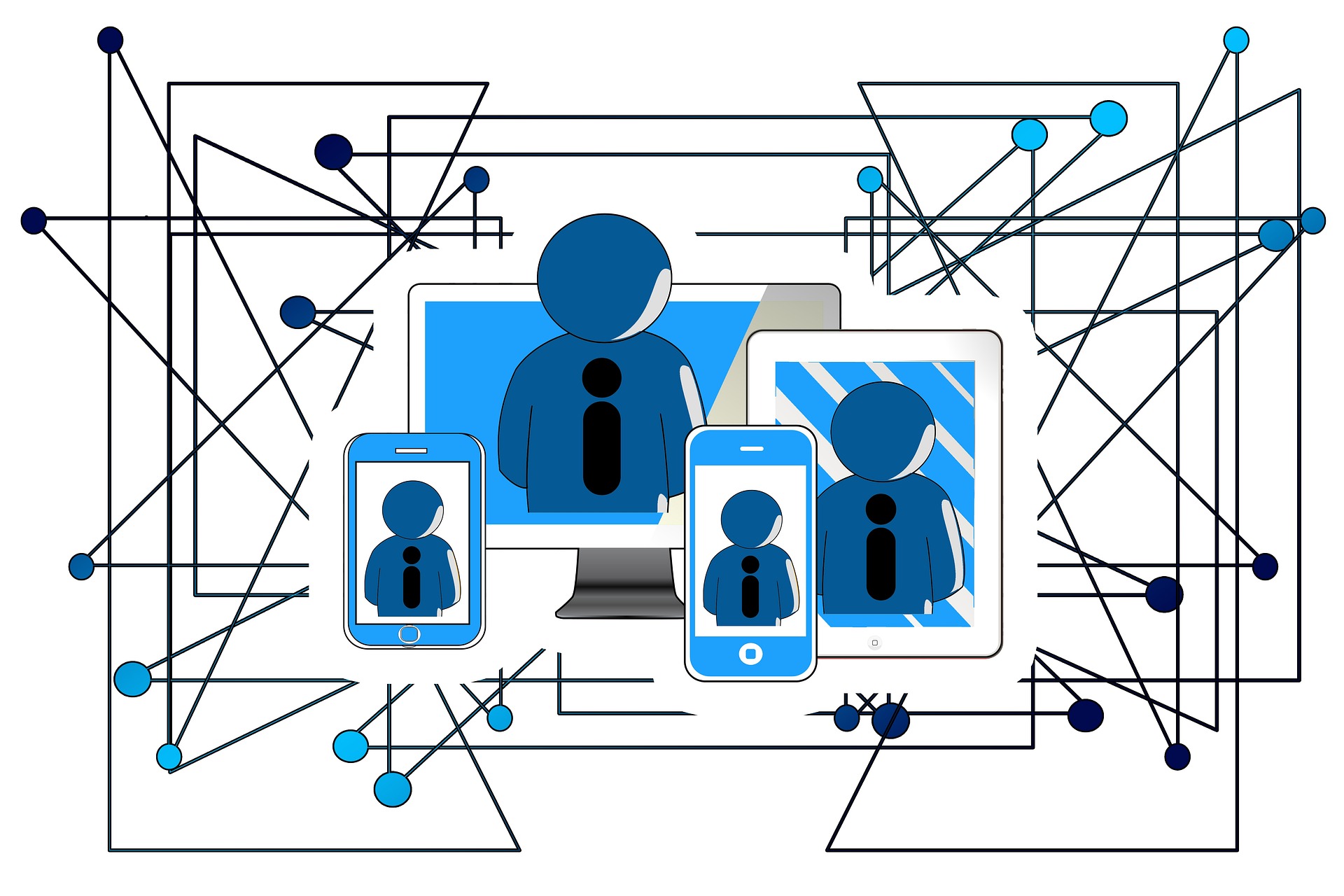Neotribalism: Redefining Community in the Digital Age
In a world of hyper-connectivity, a fascinating social phenomenon is reshaping how we form communities and seek belonging. Neotribalism, the emergence of modern tribes united by shared interests rather than geographic proximity, is revolutionizing social dynamics. This shift challenges traditional notions of community and offers new avenues for connection in an increasingly fragmented society. Read below to explore how neotribalism is redefining our social landscape and what it means for the future of human interaction.

As globalization and technological advancements have reshaped our world, the conditions for neotribalism have become increasingly favorable. The internet and social media platforms have created virtual spaces where like-minded individuals can connect regardless of distance, leading to the formation of global communities united by shared interests, values, or lifestyles.
The Digital Catalyst
The rise of digital platforms has been instrumental in facilitating neotribalism. Social media networks, online forums, and niche websites have become the new gathering places for modern tribes. These digital spaces allow individuals to find others who share their passions, beliefs, or experiences, creating a sense of belonging that may be lacking in their immediate physical surroundings.
For example, online gaming communities have grown into vast, global tribes with their own cultures, languages, and hierarchies. Platforms like Twitch and Discord have further strengthened these bonds, allowing gamers to interact in real-time and form deep, meaningful connections. Similarly, social media has given rise to countless niche communities, from vintage fashion enthusiasts to urban gardeners, each with its own set of norms, values, and shared experiences.
Identity and Belonging in Neotribal Structures
Neotribalism offers a unique approach to identity formation in the modern world. In an era where traditional sources of identity such as nationality, religion, or local community are often fragmented or weakened, neotribes provide alternative avenues for self-definition and belonging. Individuals can now curate their identities by aligning themselves with multiple tribes that reflect different aspects of their personalities or interests.
This flexibility in identity construction is particularly appealing to younger generations who value authenticity and self-expression. Research has shown that millennials and Gen Z individuals are more likely to form strong connections with communities based on shared interests rather than traditional demographic factors. This shift has significant implications for how we understand social cohesion and group dynamics in contemporary society.
The Impact on Social Structures and Behaviors
The rise of neotribalism is reshaping social structures and behaviors in profound ways. Traditional hierarchies and institutions are being challenged as individuals find alternative sources of support, validation, and information within their chosen tribes. This shift has both positive and negative implications for society at large.
On the positive side, neotribes can provide a sense of community and support that may be lacking in an increasingly individualistic society. They offer spaces for self-expression, creativity, and collective action. Many neotribes have mobilized around social and environmental causes, demonstrating the potential for these communities to drive positive change.
However, the phenomenon also raises concerns about social fragmentation and echo chambers. As individuals increasingly associate with like-minded others, there’s a risk of reduced exposure to diverse perspectives and increased polarization. This challenge underscores the need for platforms and individuals to actively seek out diverse viewpoints and foster cross-tribal dialogue.
Neotribalism and the Future of Community
As we look to the future, neotribalism is likely to play an increasingly significant role in shaping social dynamics. The ongoing development of virtual and augmented reality technologies promises to create even more immersive spaces for tribal interactions, potentially blurring the lines between physical and digital communities.
Moreover, the COVID-19 pandemic has accelerated the shift towards digital communities, highlighting their resilience and adaptability in times of crisis. As remote work and digital nomadism become more prevalent, neotribes may increasingly serve as anchor points for individuals seeking stability and connection in a fluid, globalized world.
However, the evolution of neotribalism also presents challenges that society must address. Balancing the benefits of strong, interest-based communities with the need for social cohesion and diverse interactions will be crucial. Educators, policymakers, and technology developers will need to work together to create environments that foster both tribal belonging and broader social understanding.
In conclusion, neotribalism represents a fundamental shift in how we conceive of community and belonging in the digital age. By understanding and engaging with this phenomenon, we can harness its potential to create more inclusive, supportive, and dynamic social structures while mitigating its potential drawbacks. As we navigate this new landscape, the challenge lies in preserving the richness of human connection across both physical and digital realms.





